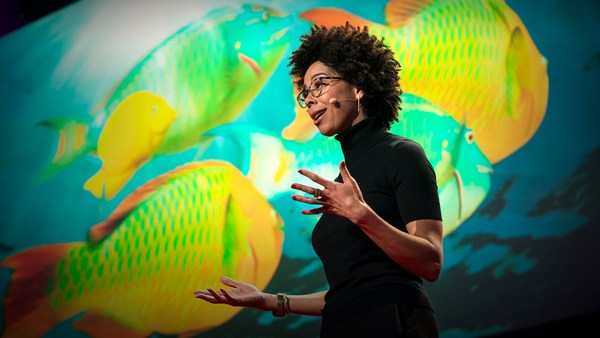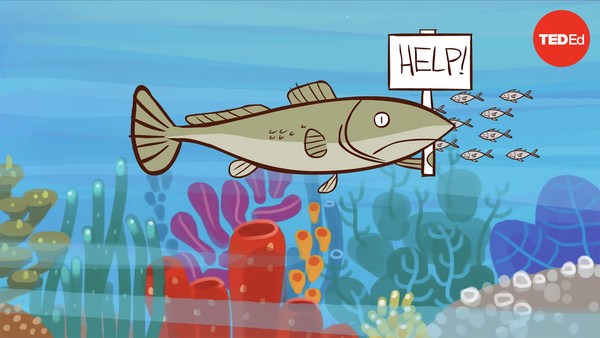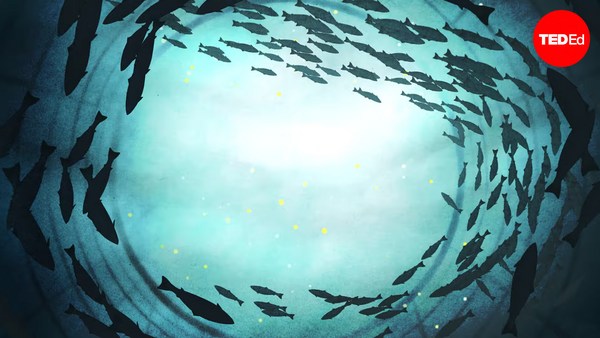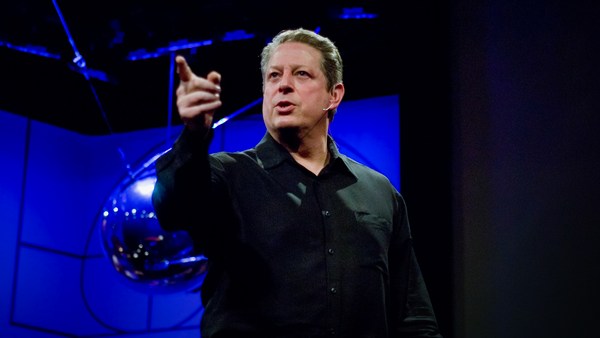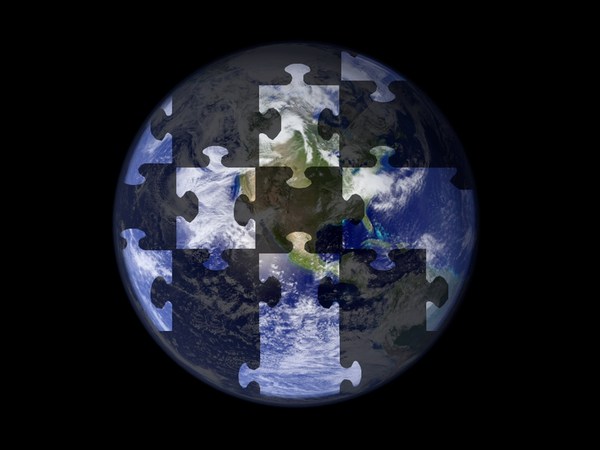People often ask me what they can do to help address the climate crisis. But what they usually mean is what’s one quick, easy, simple thing they can do.
Well, that particular ship has sailed. The climate challenge is gargantuan. Thanks largely to fossil fuel executives and the PR firms and politicians doing their bidding. We need to eliminate greenhouse gas emissions from electricity, transportation, agriculture, industry and buildings. We need to protect and restore ecosystems. We need to change society, policy, economy and culture. This is about transformation, and the stakes for humanity are greater than my heart and mind can fully fathom.
So I find the best way to cope with this is to avoid dwelling on the terrifying scientific projections and instead pivot quickly to solutions. Now, the climate movement and the media all too often ask each of us to do the same things. To vote, protest, donate, spread the word, lower our carbon footprint. That term, by the way, carbon footprint, was popularized by fossil fuel corporations in an attempt to put the blame on us as individuals. But yes, it is good to do those things. I do those things.
However, all too rarely are we asked to contribute our special talents, our superpowers, to climate solutions. And what a failing. For that would actually enable the radical changes we need.
So where do we each begin? Here's my best answer. A Venn diagram. The first circle is: What are you good at, what are your areas of expertise? What can you bring to the table? Think about your skills, resources and networks. The second circle is: What is the work that needs doing? Are there particular climate and justice solutions that you're keen on? Think about systems level changes, things that can replicate or scale. Things like composting initiatives, insulating buildings, restoring wetlands, getting climate candidates elected. And electrifying everything. There are heaps of options. The third circle is: What brings you joy or satisfaction? There is so much work to be done. Please do not choose something that makes you miserable. This is the long haul. So it's critical to avoid burnout. Choose things that enliven you.
The goal is to be at the heart of this Venn diagram for as many minutes of your life as you can.
If you're familiar with the Japanese concept of Ikigai for finding your purpose, you can consider this a simplified, climate-focused version of that. Taking this approach will enable way more progress on climate solutions than if we each obsess about our individual footprints.
For example, nine months after being inspired, when I took him to his first climate protest, Boris Khentov, a financial tech executive, launched a climate impact investing fund. And honestly, I don't care if Boris never goes to another protest again. Sarah Stillman, a journalist who covers systemic injustices in immigration and worker's rights, has started including a deep and nuanced climate context for these issues in her reporting. And my own mother, a retired English teacher, became a small but mighty part of getting fracking banned in New York state. And is now mothering chickens and converting her lawn into a model for small-scale regenerative farming.
I call these climate action Venn diagrams, and having now seen many of them, in doing crayon versions by children, delightfully detailed versions by adults, this is one of my favorites. I have a few additional parameters to offer before you draw your own.
This does not necessarily mean you should quit your job, or go start a non-profit. Quite possibly, you are most powerful in your existing roles, where you already have specialized knowledge and robust networks. So how might you lean in to those talents? Can you help your town, company, church or school charge ahead with climate solutions? Because what we need is change in every sector and in every community. And be gentle with yourself on the "what are you good at" question. Set your insecurities aside and simply consider what you have to offer. Over the last year since I've been sharing this concept, lots of people have been drawing their own and posting them on Instagram. It's been super exciting to see what people have been coming up with. But I’ve noticed that a lot of them are landing on some version of: “Communicate about climate.” Now, I fully appreciate the irony, given that I am standing here talking to you about climate, but we can't all just talk about it. We need doers, we need mutual aid organizers and city council members. We need green building retrofitters and wind turbine installers and bike lane planners. We need culture shapers and policy nerds. We need employees pushing their corporate employers to change.
(Applause)
Here's where I will offer what I consider to be the sexiest word in the English language: implementation.
(Laughter)
Because we already have most of the solutions we need. We need to get to work and to pick up the pace. We need to build the biggest, strongest team possible to tackle this most enormous challenge humanity has ever faced.
Another word I love that is perfect for this moment is leaderful. I learned this term from Black Lives Matter activists who use it as an organizing principle. Social movements can be fragile when they're helmed by a few prominent leaders. We need many leaders to accelerate this transformation from a fossil fueled economy to a regenerative one. Maybe you are one of those leaders. Or maybe you don't want to be out front. That is more than OK. This is not about being a hero or an influencer. This is about being useful. and advancing solutions. Contribute to an existing effort, make it possible, build the website, raise the funds, plan the events, recruit the talent. The question should not merely be, "What can I do to help address the climate crisis?" But, "What can we do together?" Join something. And if you need a bit of inspiration, here is a list of some climate solutions to consider.
So what will you do? Or how will you step it up? Actually draw this out. What are you good at? What is the work that needs doing? And what brings you joy? Also try to avoid diagramming your way to what you’re already doing. Think about this expansively. Start with a blank slate, and consider how you can make your best impact. Remember: this is about action.
I've emphasized the importance of everyone contributing to climate solutions.
So before I close, I want to mention one of the major barriers to participation. Inequality. Perhaps you know that around the world, it's people of color who are most heavily impacted by the effects of climate change, whether that's air pollution, hurricanes, droughts or floods. But you may not know that it is also people of color who are most concerned about climate and most likely to want to be a part of the solutions. In the US, where we have robust data on this, 49 percent of white Americans are concerned about climate, compared to 57 percent of Black Americans and 69 percent of Latinx Americans. Imagine the huge and additional contributions these folks could make if unburdened from the dangerous distraction that is racism. And goodness, do we need all of that ingenuity and leadership. In other words, help us, help you, help us all save the planet.
(Applause)
My last challenge to you, then, since all our fates are intertwined, is in addition to leveraging your talents, can you help others in using theirs? And let's work to demolish the societal barriers that prevent people from fully devoting themselves to climate solutions.
This is what I know. There are innumerable possible futures. I know we each get some say in which future we'll collectively have, and a chance to help build it. I know that every 10th of a degree of warming we prevent, every centimeter of sea level rise we avoid, every bit of nature we protect and restore matters I know that our actions add up. This? This is an invitation. Find your role if you haven’t already, encourage others to find theirs.
Averting climate catastrophe: this is the work of our lifetimes.
Thank you.
(Applause)
